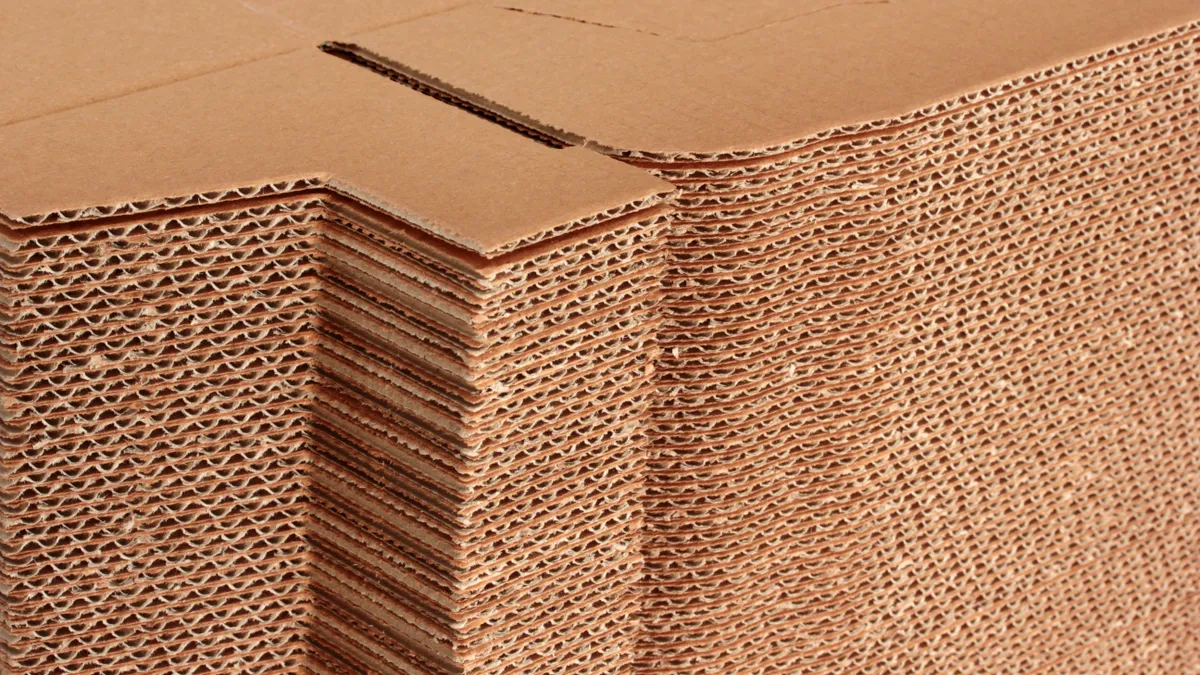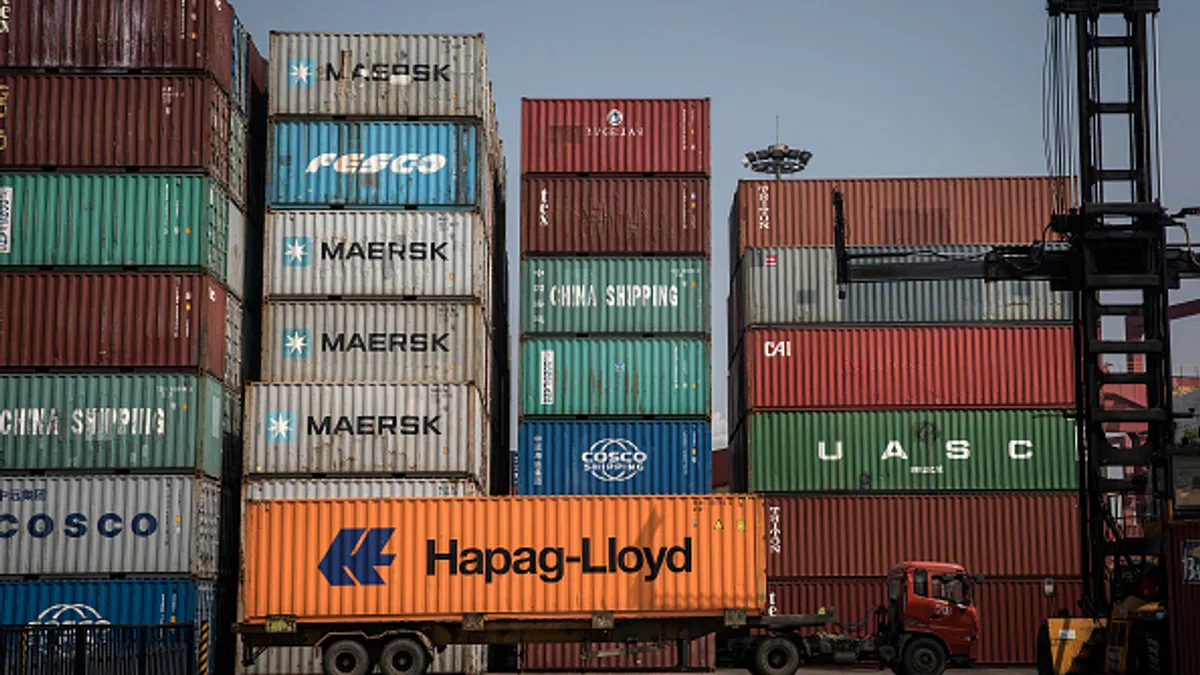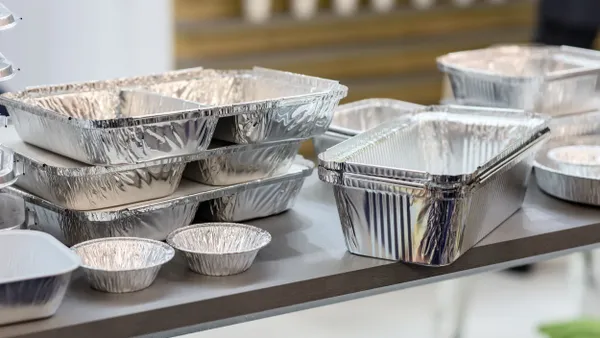Some segments of the recycled paper market could improve in price and demand 2024, though sluggish supply, collection challenges and global supply chain issues will continue to influence the markets, according to speakers at the Institute of Scrap Recycling Industries’ recovered paper webinar on Jan. 17.
“We have good market fundamentals for long term growth for the key segments that consume recycled paper goods, which is really encouraging and something to look forward to,” said Jose Gonzalez, a director at AFRY Management Consulting. Producers of containerboard and some types of flexible fiber packaging are among those expected to drive positive recycled content demand this year, though each region will see variability in market dynamics, he said.
Although the holiday season saw lower-than-expected corrugated box demand, “I think in Q1, demand is expected to be better versus what it was in Q1 of 2023,” he said.
According to the Davis Index, OCC prices were “underwhelming” at the end of 2023, but they began climbing in the new year. Prices in mid-January were between about $120 a net ton in the Midwest to about $143 a net ton in the Northeast. Some places experienced a jump of up to $50 a ton over the last few months, said Jonathan Gold, a recovered paper market specialist for the Davis Index.
However, OCC generation is still below what analysts expected for this time of year, even as prices have somewhat stabilized.
“Prices have firmed up, but unfortunately it's firming up because of lack of supply,” said Leonard Zeid, president of Midland Davis’s paper brokerage division. “Containerboard mills are running slower and they're making less boxes because people are buying less things. When they buy less things, there's less scrap in the stream, and less scrap in the stream means less generation for the mills. The mills are having problems getting enough scrap even to meet the demands that they currently have.”
However, Zeid said his early-year conversations have ended on a positive note, with some mill buyers feeling optimistic about future sales, even if such sales aren’t at the pace they were before the pandemic, he said.
In the meantime, bale quality from many suppliers “is the best we’ve ever seen,” said James Derrico, vice president of new business development at CellMark.
Continued U.S. MRF investments in new equipment and better facilities has made it possible to get cleaner content, he said. “Props to the MRF guys and the recycling plants. They're very flexible about making specific packs and cleaning up their material,” he said.
Despite the good quality, Gonzalez said many packaging producers in the U.S. and Canada still use a high amount of virgin fiber — sometimes about 60% of total production.
“We don't really see consumers moving away from that virgin content in the recycle board. They always want a strong box,” Derrico added. “People associate a good quality box with good quality products and brands know that. They're not going to move to a highly recycled content box for all their products.”
Improving domestic collection volumes in 2024 and beyond is another important aspect of the market, speakers said. MRFs are already doing their part to sort more material in cleaner ways, Derrico said, “So it really is going to come back to either the responsibility of the consumer or the responsibility of the brands to help get that recycling rate up,” he said. At the same time, many areas of the U.S. don’t have sufficient or reliable recycling access, he added.
Outreach and education to residents also continues to play an important role to keep OCC from ending up at landfills, speakers said. “There’s a lot to catch, and we may need to also figure out how to catch it” at the landfill, Zeid said.
Even with better engagement from residents, price still remains a major hurdle, said Kathy Delano, vice president of Texas Recycling, a commercial recycler. “In Texas, probably one of the biggest competitors we have in recycling is the landfill. It's so cheap to landfill out here as opposed to areas of the North because we have so much space,” she said. Certain grades of paper are currently going in the landfill because “by the time you pick it up, bale it and process it, store it, sell it, you're upside down to the customer, right?”
Changes in office worker habits could help, at least a little, she said. Collection volumes for sorted office paper may pick up as more companies ask employees to return to the office. “Pricing has been flat, but at least movement has been consistent,” she said.
A major global supply chain trend affecting markets in Q1 and beyond is the disruption on the Suez Canal, currently considered a conflict zone. Ship rerouting could add almost two weeks to delivery time, Derrico said. “Right now, you're seeing a lot of the mills attempt to circumvent that shortage by buying aggressively off the [U.S.] west coast,” which has caused a spike in price for cardboard. Rail lines are supplying the port in Long Beach, California, from as far away as Chicago, Omaha and St. Louis, he said.
Delayed global shipments are also expected to put further pressure on domestic mills. On top of that, freight costs are expected to increase, which includes land freight, Zeid added. “Even if you’re not in the container business, this will affect you, because it will also affect your fuel surcharges,” he said.
Interested in more recycling in news? Sign up for Waste Dive’s weekly Recycling newsletter here.























